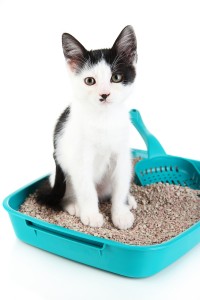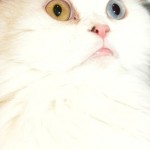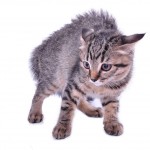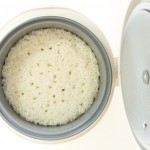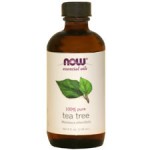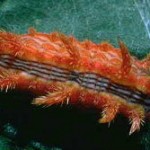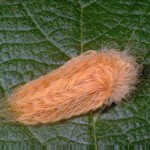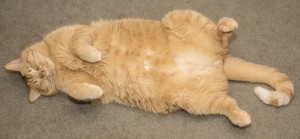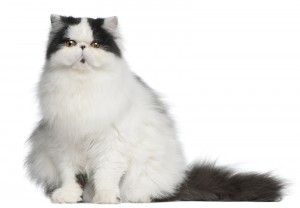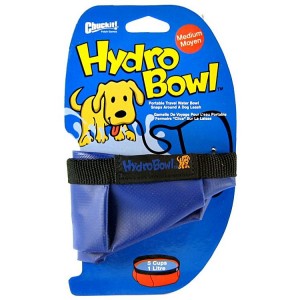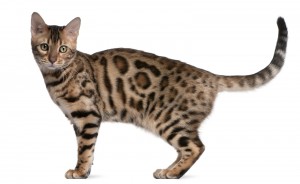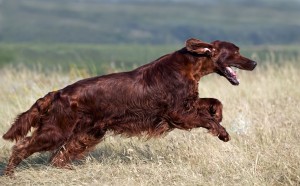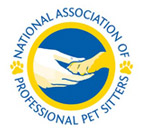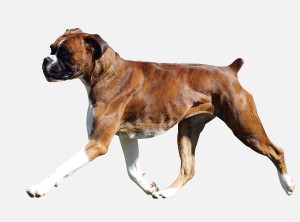 Aww, look at that little nub of a tail! We don’t ask why the dogs tail is gone, or docked, and that is the real controversy.
Aww, look at that little nub of a tail! We don’t ask why the dogs tail is gone, or docked, and that is the real controversy.
Dogs are born with tails that express their feelings. So how do pet owners justify taking them off? This practice has been going on since the 1800s for about 50 breeds, particularly for Spaniels, Terriers, Boxers, Pointers, Poodles and Schnauzers.
Several articles say there are three main reasons why people dock a dogs tail:
1. With long haired breeds the tail is docked for hygiene issues.
2. With a hunting dog, the tail is docked so that it won’t get stuck in brambles or hurt during hunting.
3. With a guard dog, the theory is that it could be seized by the tail to thwart its attack.
So how is it done? One of two ways, the first being surgery and the second, more common technique is known as “banding” “In which a ligature, normally an orthodontic band, was placed over the end of the puppies tail at 24-96 hours old. This effectively cuts off the blood supply to the end of the tail, which comes away within 3 days.”-Vet News. The cut goes through skin, cartilage, nerve endings and bone. Does it hurt the puppy? The World Small Animal Veterinary Association (WSAVA) states that “Puppies, just like human babies, have a fully developed nervous system and do indeed feel pain. They point to biological markers, which show pain is occurring during and after a procedure such as tail docking.
So it seems the real question is not “How harmful is the procedure?”, but rather “Is there sufficient justification for performing it?”-Canadian Veterinarian Journal. Dog Gone It

